Let’s get one thing straight right away…When I say “small”, I don’t mean living in a shoe box. What I mean by “small” is living in a space that is designed…well designed…for your needs…and no more. A small space doesn’t mean cramped. What makes a space feel comfortable in a home is not how big it is. Actually, an expansive space can feel intimidating and alienating, instead of intimate. Great for large gatherings, but otherwise rarely invoke comfort in a home.
A space that feels comfortable is appropriately sized for its intended activity.

For example, the nook above is in a house with kids. The parents wanted a game & homework spot for their kids. We could have designed an extra room, a play room with desks. But this disconnects the kids’ area from the family. So instead, we designed this nook with built-in benches & a table that is right off the living room. The kids play games and do homework at the table, and can leave everything out and messy without adding disarray to the family living space. Much cheaper and just as effective as a play room.
Why build small?
Building to the size you need (and no more) offers many tangible benefits (besides feeling more comfortable and intimate). The most obvious benefit, is that a smaller building means fewer materials, which means lower upfront costs for construction. A smaller house also means lower ongoing bills, since there is less space to heat or cool. And my personal favorite benefit, is that a smaller space means less to clean!
So how to build smaller without feeling cramped? Below are 4 design strategies that make small spaces feel comfortable without feeling claustrophobic.

Mini strawbale cottage on an old 2-car garage footprint.
4 Design strategies
1. connect to outdoors
One way to make a small space feel more expansive is to connect it visually and/or literally to the outdoors, using windows or glass doors. When you can see beyond the room you are in, your brain sort of “borrows” the space beyond and adds it to expand the one you are in. This is true whether connecting two interior spaces together or adding a visual link to outside.

We replaced a small back door in this urban home with a huge sliding glass wall to connect the kitchen with a screened porch.
2. excellent well-lit space
A well-lit space feels larger than a dark space…and natural sunlight creates the best quality light. Designing for excellent light quality means each major space should have sunlight entering from windows on at least 2 directions…that includes light from above. Light entering from two different sides of a room fills in shade spots, balances the light, and reduces glare. Light colored surfaces also help to bounce light within the space.
3. Delineate space without walls
There are many, many ways to demarcate where one space ends and another begins without using solid walls. And when you combine uses into a single space…like cooking with eating…the total footprint can be smaller with the same functionality. That’s because the circulation space is shared. (Circulation space refers to the floor area needed for moving around.) So, if you aren’t using walls to separate the space, you can use other strategies to mark where one ends and the other begins…like a set of columns, or a kitchen island, or a change in floor material, or a change in ceiling height or material…

These two columns separate the kitchen from the living room but still allow views & conversation between the two spaces.
4. Integrate storage
There are so many creative strategies for integrating storage throughout a house…under stairs, built-in benches with storage, shelving within the wall thickness. You can store more stuff in less space with a well-designed cabinet than you can in a closet, especially a walk-in closet. Kindof like a boat interior…where no space is goes wasted.


Final thoughts
Building smaller often affords you the opportunity to build with more care, greater craftsmanship, higher quality. And the end result is something you cherish, not just a space that you occupy.
My approach to design
 Sigi Koko is the principal designer at Down to Earth Design, which she founded in 1998 to help her clients manifest their dreams of living in a natural, healthy home. She translates each client’s vision into a unique building design that reflects their personality and lifestyle, while responding to the surrounding landscape and climate. Sigi’s uniquely collaborative design process provides a high level of information and support that encourages her clients to engage fully throughout design and construction. Sigi also teaches natural building workshops that empower her clients to contribute creatively during the construction of their own home.All of Sigi’s projects are designed to function in synchronicity with their environment. Each building relates to seasonal cycles of sun, wind, and rain to provide natural heating and cooling primarily from passive (free!) sources. Her clients enjoy an average 75% reduction in total energy usage compared to conventional buildings. She uses a palette of building materials that ensure healthy indoor spaces and minimal environmental impact.
Sigi Koko is the principal designer at Down to Earth Design, which she founded in 1998 to help her clients manifest their dreams of living in a natural, healthy home. She translates each client’s vision into a unique building design that reflects their personality and lifestyle, while responding to the surrounding landscape and climate. Sigi’s uniquely collaborative design process provides a high level of information and support that encourages her clients to engage fully throughout design and construction. Sigi also teaches natural building workshops that empower her clients to contribute creatively during the construction of their own home.All of Sigi’s projects are designed to function in synchronicity with their environment. Each building relates to seasonal cycles of sun, wind, and rain to provide natural heating and cooling primarily from passive (free!) sources. Her clients enjoy an average 75% reduction in total energy usage compared to conventional buildings. She uses a palette of building materials that ensure healthy indoor spaces and minimal environmental impact.

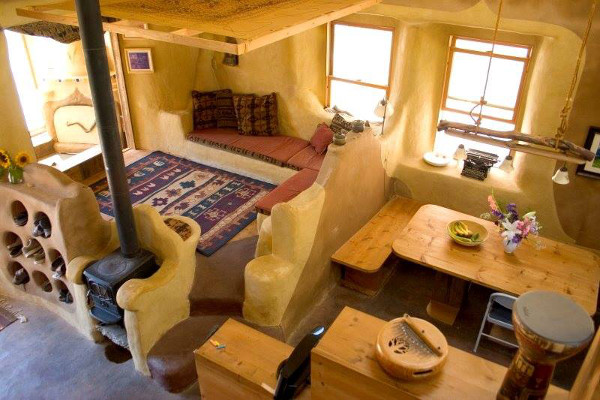

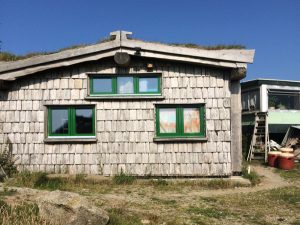
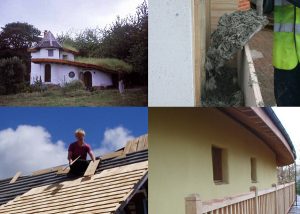
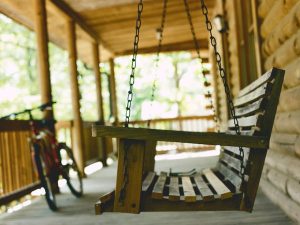


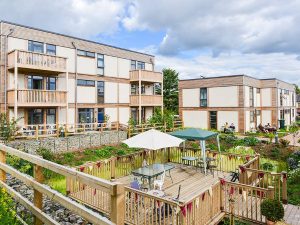
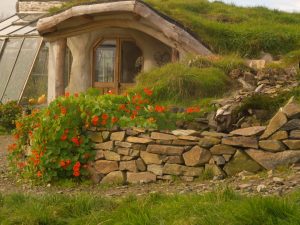
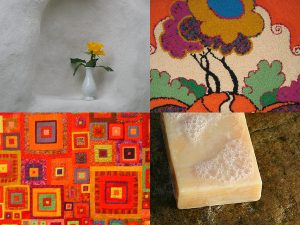
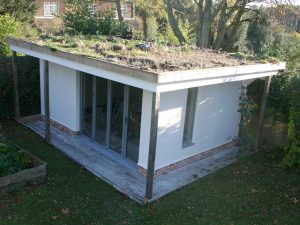
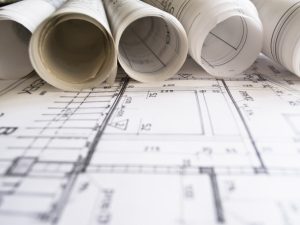
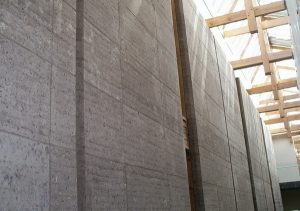

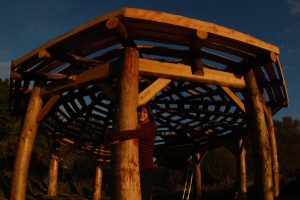
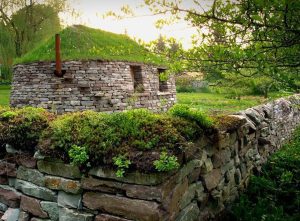
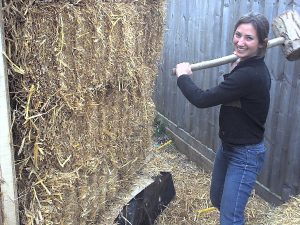
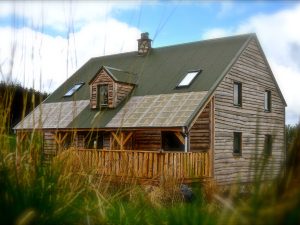
5 Comments
Excellent!! The times we’ve watched that Grand Designs program and shouted at the telly as some couple with more money than sense build an ‘eco house’, agonising on the provenance of the sheep’s wool insulation as they build something like a cathedral with a living room somewhat larger than the average aircraft hanger and 2 acres of special glass scenic windows. Happy cleaning to them!!
By the time they get the meal from the kitchen to the dining table it’s probably stone cold.
To paraphrase Schumacher – Small is comfortable!
In this context I think it is relevant that The Royal Institute of British Architects have been lobbying for larger rooms on the back of its publication ‘Case for space’ and propogating the idea that the UK has the smallest houses in Europe. The counter to this is Past President of RIBA saying that 1-% of new housing should be co-housing; models where there are shared spaces (ie laundries, libraries, offices, guest accommodation etc, to compensate for more limited private space). Small also correlates with greater affordability.
I am particularly interested in co-housing and pleased that you have raised it in your comment
My partner and I are part of a group looking at selling London properties to buy a shared, large property together, or smaller properties close together – to share various spaces that don’t all need to be owned individually, as you say. It has several advantages: 1. it means that we are living in close proximity with like-minded people as we get older; 2. we’ll be able to bring care in rather than be carted off somewhere we don’t know – as happens to a lot of people (I know this might sound a bit crazy when you’re relatively young and healthy, but it’s coming, that’s for sure, so we may as well acknowledge it and prepare for it); 3. we’ll register the new property(ies) as a co-op (with asset lock), taking it away from the banks forever; 4. we’ll be open to younger people too – we’d like it to continue as a housing co-op (children might have their inheritance whisked away from them, but they won’t have the worry of what to do about ageing parents, and they can of course join the co-op; the current system is too damaging to hinge on the inheritances of people who are, in global terms, already doing quite nicely).
In fact, I’d like to see something like this become the norm, rather than older people sitting in large houses (lonely), that will be passed on to people who aren’t really in housing (or money) need, and will eventually be sold again at some point, to the benefit of the banks (that definitely aren’t in money need).
Yes, I remember the couple building an ‘eco’ home that could be seen from about 50 miles away. It’s not always the case, but sometimes I think that programme should be called Grand Egos rather than Grand Designs.